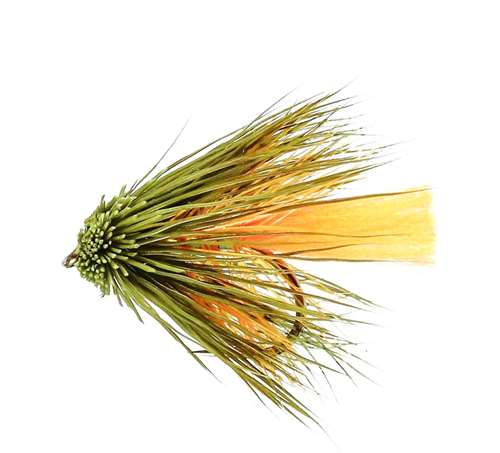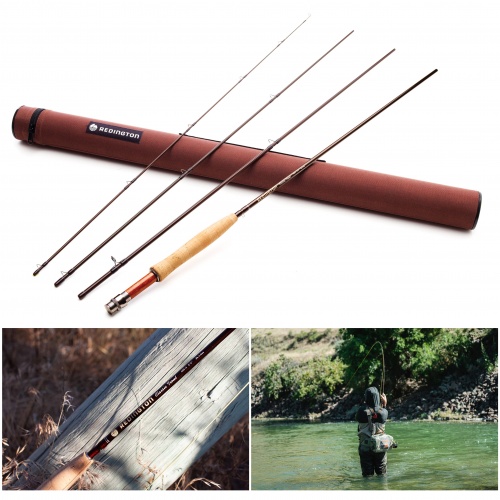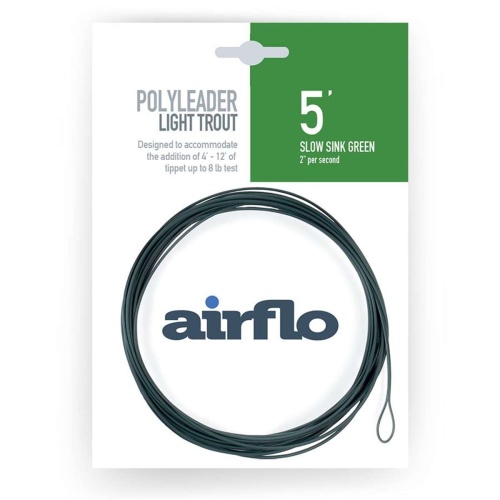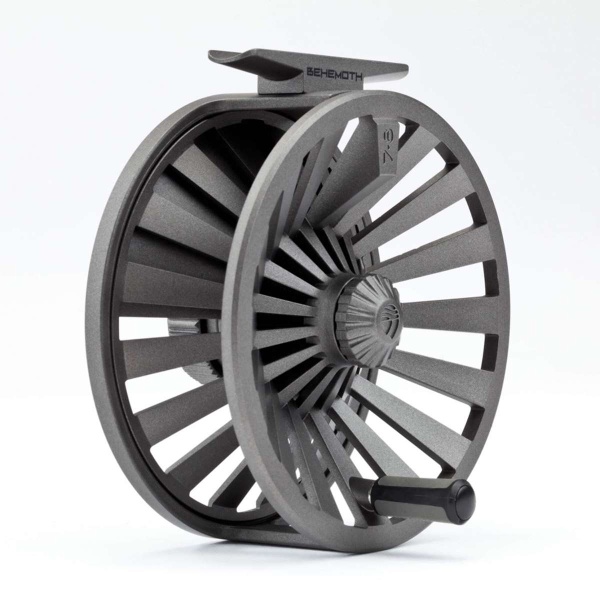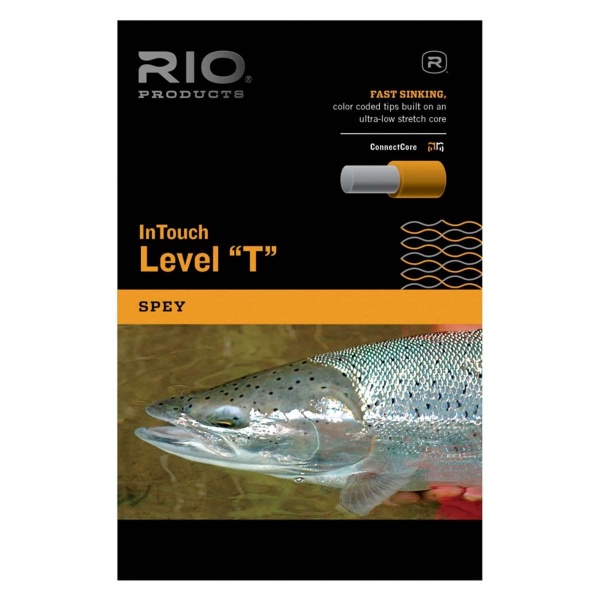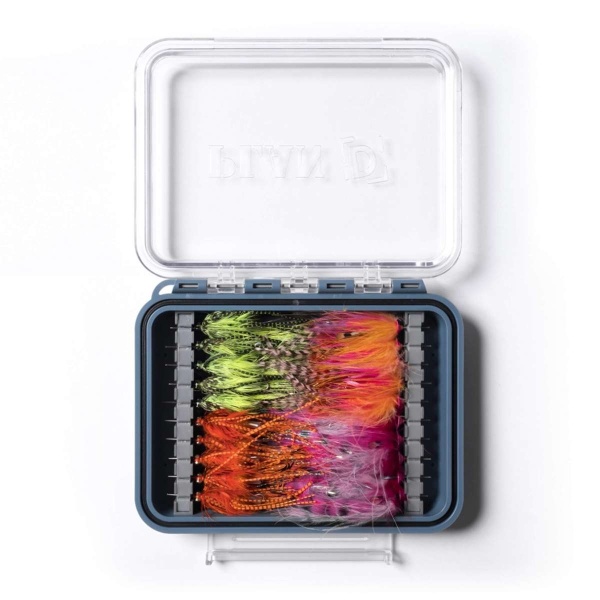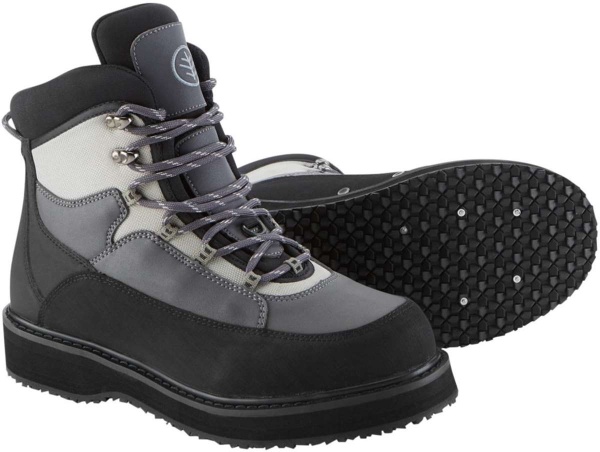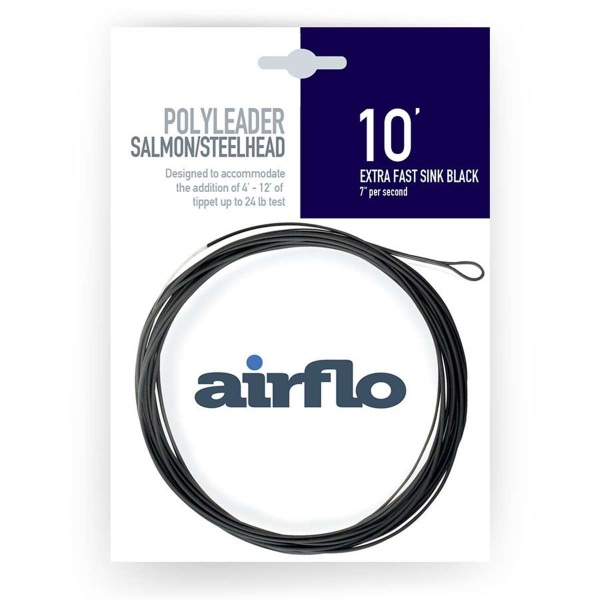In this second installment on the weight and taper of fly fishing lines let’s look in more detail at the pros and cons of WF and DT lines. WF lines have heads that of 35-40 feet long. If you add a 9-foot leader the distance to the fly from the end of the head is 44 to 49 feet. Up to this distance when both DT and WF lines control and roll cast the same. Not many trout fishing situations require longer casts. Essentially, both DT and WF lines work roughly the same over the distances we most often fish. But if a river demands long distance roll casting and mending, it’s well worth considering a DT or a WF line with a long head.
Generally WF lines are better for distance than DT lines but the difference between them isn’t actually that much. WF lines shoot better because of their small, light running lines. The benefit of this starts at 44 to 49 feet when the running line is in the rod. If circumstances demand long casts, a WF line make the job a little easier. DT lines will also shoot, of course, only not as far.
In deciding on WT or DT, for short to medium casting range situations, you might want to have a DT line rigged and ready. On the other hand if you consistently throw longer casts, you can reduce the number of false casts with a WF line, though you will lose the ability to do long roll casts and mends. Base your decision on DT versus WF on how much small fly, short distance fly fishing you do against situations where longer casts are needed.








